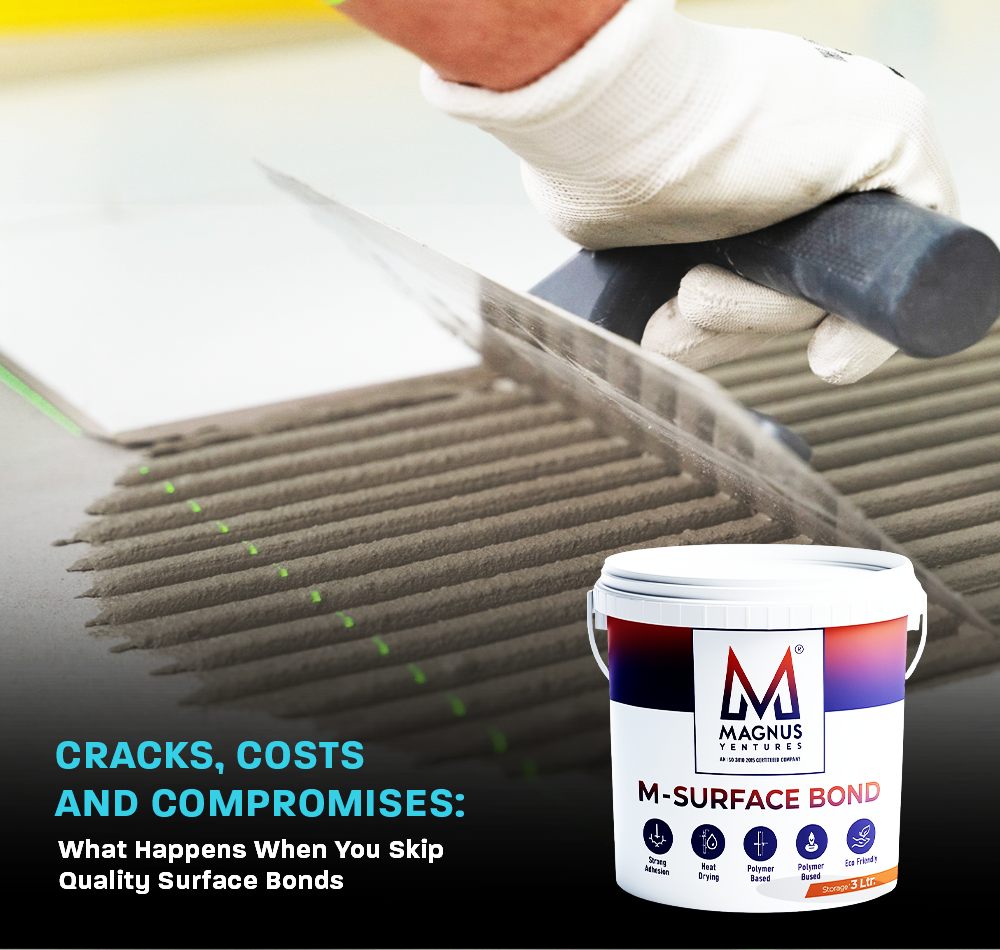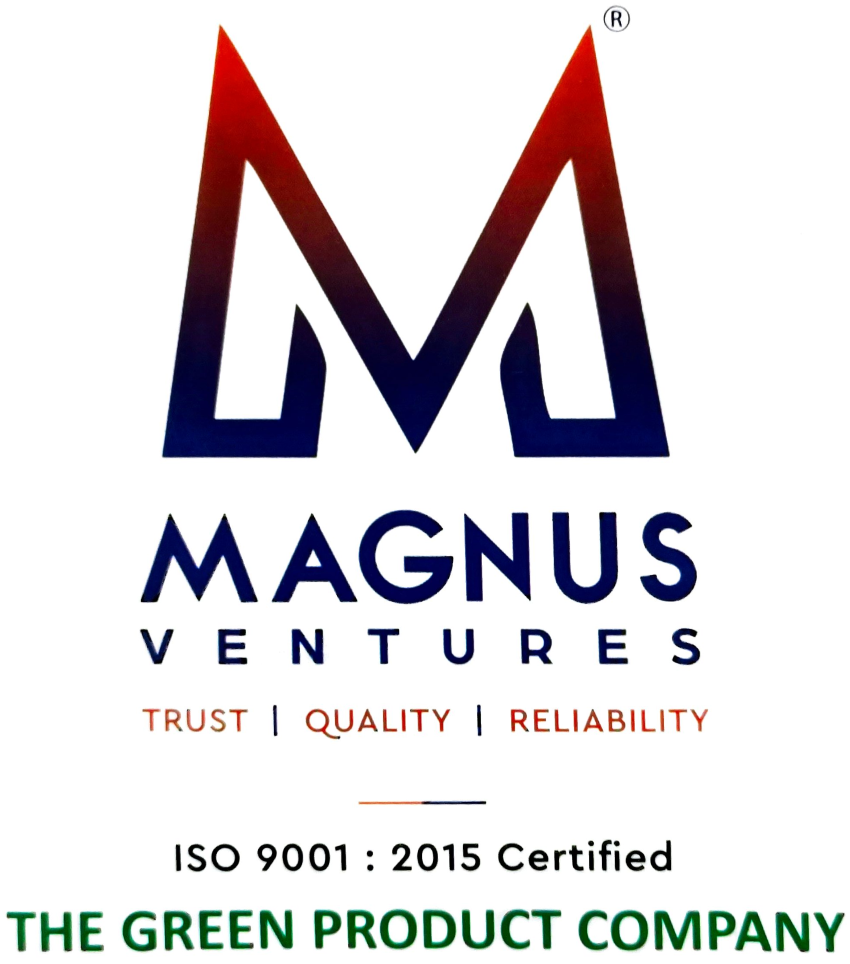
Surface bonds don’t get nearly the attention and credit they deserve. This is perhaps why we see builders and construction companies’ compromise when it comes to investing in such a fundamental material. We’ve come across countless people and companies that go for traditional, subpar surface bonds to save a few bucks.
What they fail to understand or completely ignore are the consequences that’ll end up costing them dearly down the line. A surface bond is the glue binding a surface to an applied finish, such as an adhesive or plaster. Without a proper bond in place, your surface is bound to experience cracks and other forms of deterioration in the near future.
As such, while you did save a few bucks initially by buying a cheaper product, you’ll only end up paying considerably more for reworks and repairs.
We thought it would be best to note down why choosing a proper surface bond is so important in construction.
So, consider this article your guide to surface bonds, their importance, and why you must always opt for a high-performance building material.
The Immeasurable Role Surface Bonds Play in Construction
Surface Bonds can be best described as specialized adhesives, which are applied as a layer between a substrate and any applied finish, like an adhesive or plaster. Its application is meant to ensure a stronger bond between the finish and the surface. As such, it is important that you opt to invest in a surface bond that guarantees superior performance and top-notch quality.
By superior performance, we mean excellent adhesion, versatility, and properties like water and impact resistance. With a good quality surface bond, you can expect benefits like
- Stronger and Uniform adhesion
- Prevention of cracks and delamination that is usually caused by moisture or movement.
- Long-lasting finish with considerably enhanced durability.
Why People Choose Low-Quality Bonding Agents
One can cite several reasons why people make the mistake of investing in low-quality bonding agents. The biggest reasons for this have to do with cutting costs. The construction market is competitive by its very nature. Many builders feel the pressure of reducing material costs. As such, they end up cutting costs by compromising on the quality of surface bonds.
Many builders are also running on shorter deadlines. They don’t take the time necessary to deliberate on the quality of materials they invest in. Rushed deadlines often result in people making unwise decisions, like buying a cheaper surface bond.
Another reason could be the regressive attitude of many in the construction industry. Some still refuse to adapt to changing times and refuse to acknowledge the demands of modern construction. They’ll still use outdated and traditional methods rather than opting for new innovations.
The Risk of Not Using Proper Surface Bond
Without a proper bond, the integrity of your entire structure is basically compromised. You could be staring at expensive repairs and reworks to constantly fix the damage.
Below are just a few notable consequences of skipping a good-quality surface bond in favor of a cheaper alternative.
-
Cracks
Surface cracks are perhaps the biggest sign of a bad-quality surface bond. Surface bonds are supposed to ensure stronger adhesion between a substrate and the applied finish.
Poor adhesion will eventually lead to visibly ugly cracks all across a wall or floor’s surface. These cracks, if not treated on time, will result in delamination. If you don’t want to ruin the aesthetics of your surface, it would be in your best interest to only opt for a good quality, high-end surface bond.
-
Expensive Maintenance Work
As I mentioned before, investing in a substandard surface bond may seem cost-effective initially. However, its use will compel you to spend considerably more down the line. The risk of delamination and cracks is always high with a substandard surface bond.Fixing these cracks again and again is a frustrating and costly endeavor that’ll leave you with regret and a lighter bank balance. You can save yourself a ton of money by simply prioritizing quality over price when buying a material. Go for a substance developed by a reputable manufacturer that’s highly revered in the industry, like Magnus Ventures.
-
Potential Safety Hazard
Besides being expensive, the consequences of using a low-quality surface bond can also prove hazardous. Detached tiles and stone claddings pose safety risks to occupants of any building. In commercial spaces, the safety risks can be considerably more consequential, resulting in lawsuits and injury claims.
-
Impacted Longevity
Low-performance surface bond results will result in poor adhesion. This poor adhesion will inevitably compromise the longevity of applied tiles, plaster, and adhesives. This means you’ll need to replace these finishes much sooner than anticipated.
-
Moisture Seepage
Poor adhesion also means there will be gaps between the surface and applied finishes. These gaps are enough for moisture to seep and do damage. In time, you’ll notice swelling and mold growth. This not only damages your surface but also poses significant health risks to the occupants of that building.
Tips to Buy a High-Quality Surface Bond
It is important that you do not compromise on the quality of the surface bond if you care about your structure’s integrity. I suggest only opting for surface bonding agents that possess the following features and properties:
- Stronger adhesion
- Water resistance
- Impact resistance
- Easy to Use
- Versatile
- Complies with industry standards and regulations
- Supplied by a reputable manufacturer.
It can be tough to come across a material that meets these parameters. Fortunately, you don’t have to look any further than where you are right now for the best bonding agent in the market. We at Magnus Ventures have exactly the kind of building material that’ll ensure your construction efforts stand the test of time.
M-Surface Bond: The Best Bonding Agent for Long-Lasting Results
M-Surface Bond is a polymerized liquid substance that guarantees a stronger bond between a substrate and an applied gypsum or cement plaster. Once applied, it enhances the strength and durability of the surface that’s been worked on. You can expect long-lasting stability with little to no risk of cracks or delamination down the line.
The following features best describe the value you can expect to reap by investing in M-Surface Bond
- The substance is formulated to ensure stronger adhesion between a surface and plaster.
- The substance prevents the intrusion of water, and thus ensures there isn’t swelling or mold growth.
- The substance was designed to exhibit exceptional impact resistance. It can absorb vibrations and stress caused by heavy-duty equipment and foot traffic. This helps avoid cracks in the near future.
- M-Surface Bond is easy to apply with clearly laid-out instructions on the package to help you out.
- This is an eco-friendly product made using upcycled industrial material.
M-Surface Bond is just another in our long line of innovatively engineered building materials. We suggest you check out our catalog to know what else we can do to elevate your construction efforts.
You can also reach out to us directly to learn more about M-Surface Bond or any of our other products. Our representatives will gladly address any questions or queries you may have.

